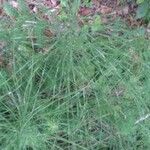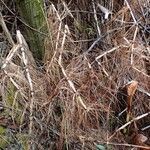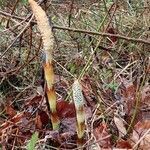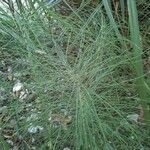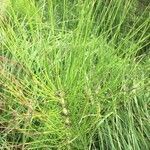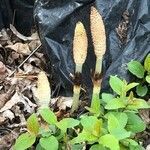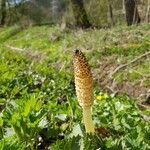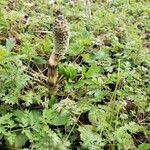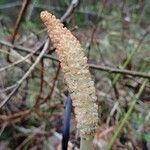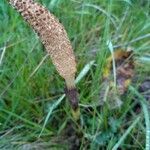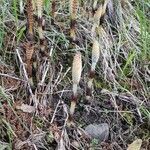A rush like plant. It keeps growing from year to year. It grows 0.5-1.8 m high and spreads 30-60 cm wide. The stems are erect and have fine grooves. They are white or pale green. They are 1.8 m high and have ridged nodes. There are several rough feathery branches.
Subspecies 2 (1 in the flora): North America, Europe, n Africa, w Asia.
